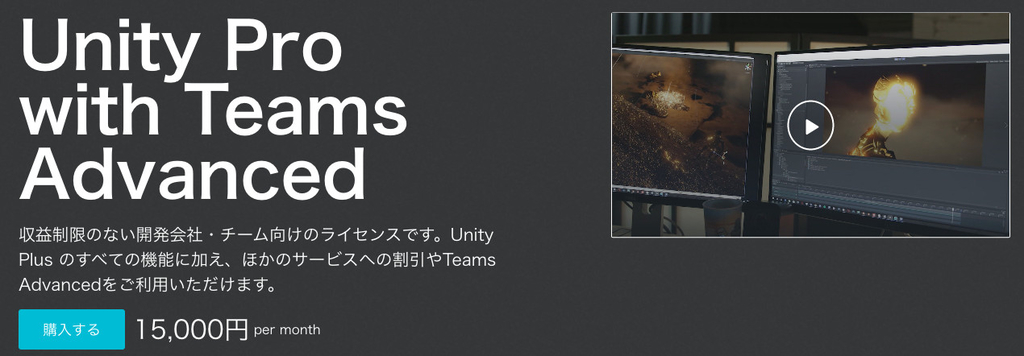
Real-time wave simulation on a procedurally created rectangular mesh. The fluid interacts with rigidbodies as well as respond to interaction. It works like a normal mesh, so any material can be used.All Sample Scenes have versions for URP, HDRP and Built-in. Collections, Mathematics and Burst packages are needed. Changed in 2.4. Visit the Official Docs for detailed guide.📚 Visit the OFFICIAL WEBSITE for:- Live demos to play with them in your browser, pack of downloadable builds for your PC.- Tutorials, practical examples.- Roadmap, bugtracker, support, F.A.Q.🎥 View all videos available in the YouTube Playlist.📜 Follow the official Unity Forum thread.💎 Key points of WaveMaker compared to similar assetsThis is a mesh modifier, not a visual trick done with shaders. That means it is actually simulated in 3D in the CPU, so devices with GPU support limitations are supported.Your shaders don't need to be specific for this asset, if your shader works with a normal mesh, it will work with WaveMaker, so it supports the same rendering pipelines as your shader.It is a two-way coupling system: Water can affect rigidbodies, volume occupancy is calculated and objects generate waves at the same time. If you pay attention, most buoyancy systems can't do this, allowing for a different way of interaction for your game.You can use the API of the interactors and surface to gather simulation data and use it for your own purposes.✔️ What the asset CAN do...Create small, medium or long surfaces like pools, portals, ponds, simple river shapes...Generate waves reacting to selected collidersApply forces to selected rigidbodies to make them float and drift while generating waves due to volume occupation. Complex rigidbody with overlapped setups supportedMake the waves look like water, mud, cream and denser liquids at the resolution you wantReact to static objects or borders by painting the areas of the surface you want to be fixedWorks like any other mesh with your own material (hide parts with transparency, change look using shaders, use the API to generate your own effects. etc)✨ Current FeaturesSupport from Unity 2020.3.48 until 2023.2.16. and all rendering pipelinesHeightfield-based realtime fluid simulation on CPUMesh properties updated real-time to work with lightingScene hierarchy agnosticWave speed, damping and smoothing parameters. Substepping to avoid inestabilitiesSimple interaction mode based on relative velocity for any shape or orientation of the surfaceAdvanced interaction mode based on occupancy of liquid volume for more advanced features on horizontal surfaces like Buoyancy and drifting (floating forces).Arbitrary surface position and rotation, length and widthAreas can be fixed manually or automatically to ignore them and allow waves to "hit" on themTimestep independentIdle/rest status of surfaces to reduce computation to a minimumMany example scenes and create menu shortcuts included❌ What the asset CAN'T do in the current version...No breaking wavesNot suited for huge surfaces like oceans, complicated river shapes and waterfallsIt is not a water shader, it's a mesh modifier. No FXs are included. You must use your own shaders / materials and use the API to gather and use the data providedAerodynamics (effect of wind and such), shore slowdown and similar effectsDifferent behaviour of the surface depending on water depthMeshColliders cannot be used as interactors. Simple colliders should be used insteadMore details and animated examples in the Official WaveMaker DocumentationMore Technical information:Heightfield-based realtime fluid simulation on CPUTwo-way coupling simulation: Waves affect objects and objects generate waves at the same time.Mesh normals updated real-time to work with lightingPossibility to add substepping to avoid inestabilities and increase simulation speedArbitrary surface position and rotation, length and width. It works in local spaceA file with the resolution and fixed cells is stored and can be shared between surfacesTimestep independentFixed Update simulation time depends on the type of simulation. It can go from 0.01ms to 4ms in the worst case scenario (many floating objects occupying the whole surface). Generally it stays between 0.2 and 1ms. It also depends if extra postprocesses are applied, like Normal Smoothing.Development details:Burst, Mathematics and Collections packages required. Detailed list in the official documentation.Quality code, full documented API to get gradients, heights, and some other data from the surface and interactors. More data will be available soon.Full C# source included. Assemblies and namespaces used everywhere.Heavily multithreaded code written with Jobs and Burst, with very small CPU cost.







